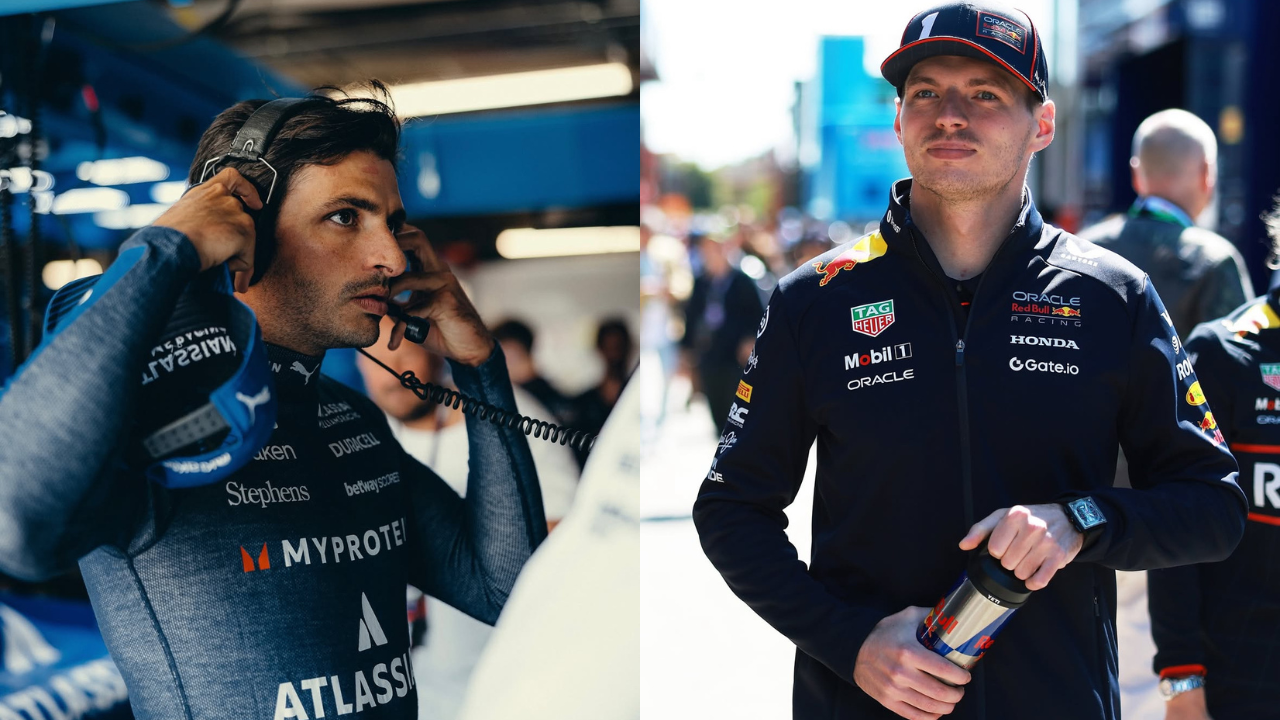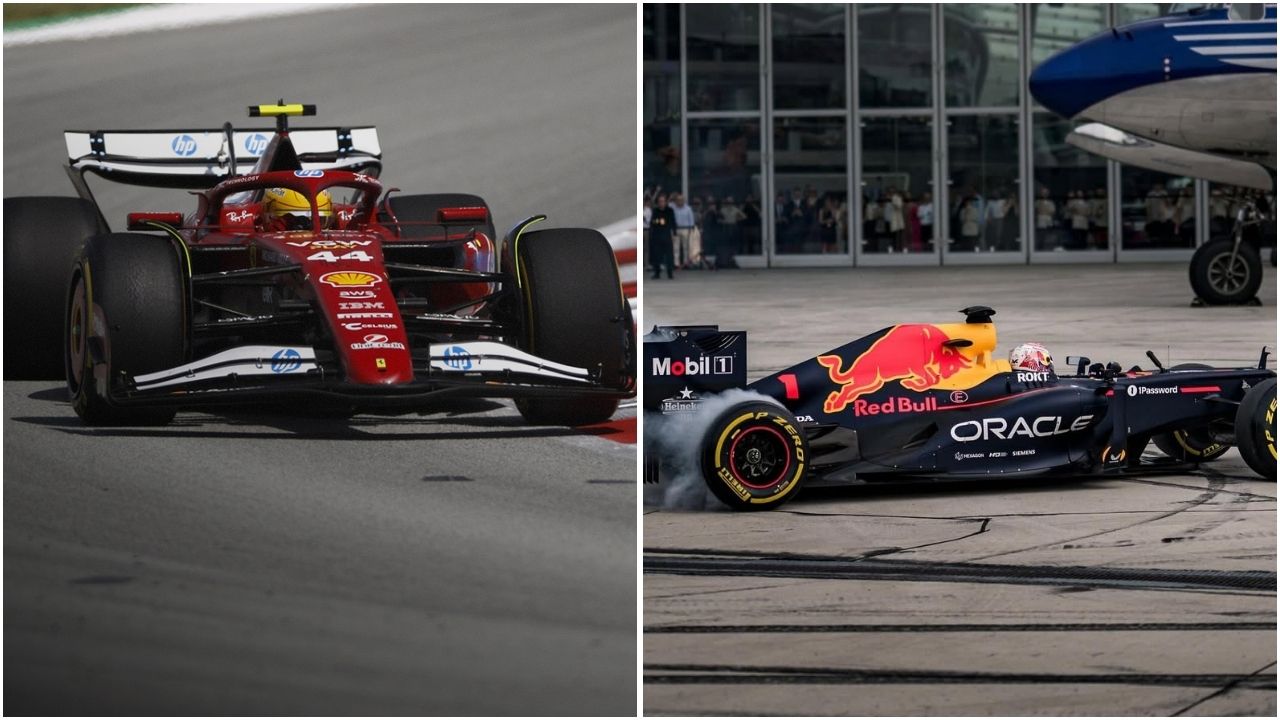The formation lap isn’t part of an F1 race. But it is one of the most important procedures in a Grand Prix weekend. Occurring just before lights out, this single lap serves as the final preparation for teams and drivers before the action begins. So let’s explore how exactly drivers prepare for the race during a formation lap.
As the clock hits the scheduled time or race start, all mechanics move away from the F1 cars on the grid. They then pull away, to do the formation lap.
What is a formation lap in F1?
The formation lap is a lap done by all cars before the race starts. Its primary purpose is to allow drivers to warm up their tires and brakes. This isn’t just for convenience. Cold tires and brakes can be dangerous at the start of a race. So the procedure stems from the perspective of safety.
During the lap, teams check if all systems on their cars are working properly. Clutch bite, gear shifts, throttle response, brake balance, and other such checks are carried out by the drivers as well.
The formation lap is also useful to the FIA. The race director can check if all cars are working properly. If there is an issue with any car, they have to start from the pit lane.
A race start can even be aborted, if there is a terminal issue with any car, or if there is a hazard on the track. In this instance, another formation lap is carried out, which is then counted as a race lap. This is done because the cars are fueled precisely for however many laps the race is going to be. Refueling is not allowed.
Rules of a formation lap
During a formation lap, all cars must remain in the correct grid order. Overtaking is only allowed if a car ahead has an issue, and positions must be restored before the race starts.
The speeds of the cars are mandated to be much slower, while sudden breaking is also discouraged. Drivers are also not allowed to fall too far behind the driver in front of them. Penalties can be applied based on the discretion of the Stewards.
As previously mentioned, any car unable to start the formation lap must start from the pit lane. In 2025, the FIA has also mandated that all cars starting from the pit lane already must also take part in the formation lap. [F1 2025 regulations, Article 43.8]
A problem on the grid, like a stalled car, or a crash during the formation lap, will result in an aborted start. Another formation lap is then undertaken.
Under rainy conditions, formation laps are often conducted behind the safety car. This allows the authors to determine if the track is safe enough to go racing. Sometimes, multiple formation laps are also conducted to clear off some of the standing water on the track, until it is deemed safe. Every additional formation lap counts against the race distance.
The concept of a “warmup lap” has existed ever since F1 began in 1950. Over time, it has evolved into becoming an integral part of the race weekend, and a race will not begin until all cars starting the race have done the formation lap.



